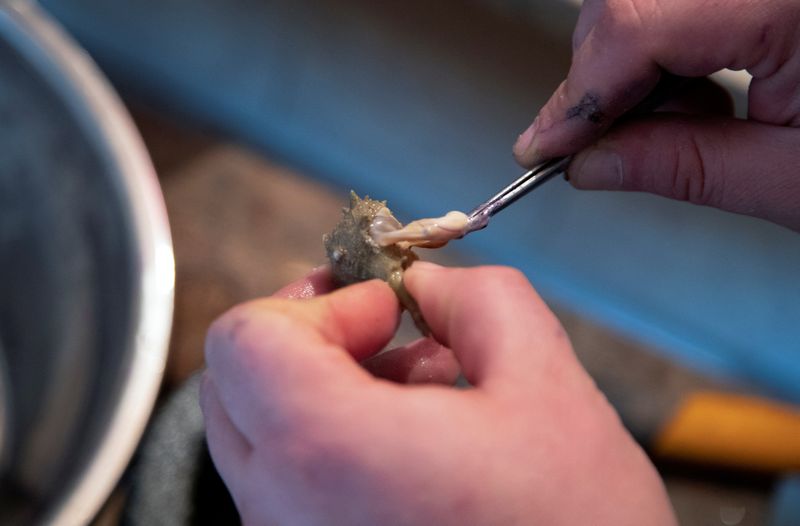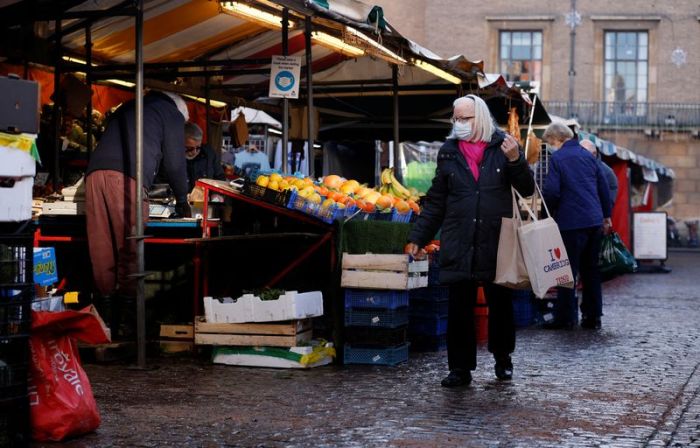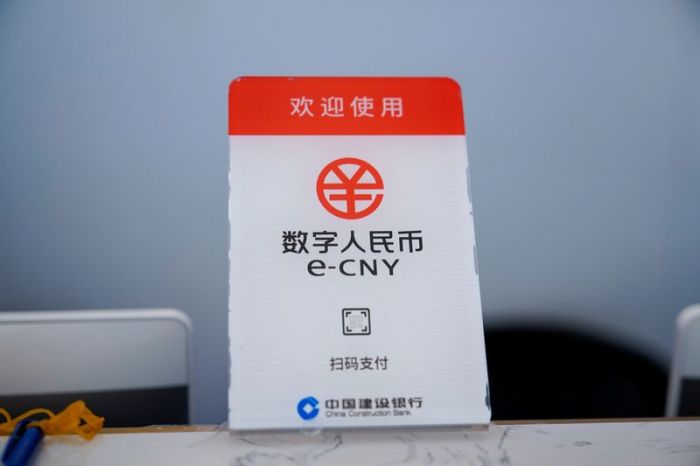TUNIS (Reuters) – A Tunisian history enthusiast is making dye from sea snail shells inspired by a school project decades ago on ancient Carthage and the purple colouring that brought fabulous wealth to the classical world.
Mouhamad Ghassen Nouira works from a hut in his garden to process murex snails using techniques first developed by the Phoenicians to produce a dye known as Tyrian purple that sells online for about $2,500 a gram.
So expensive was the colour even in ancient times that the Romans restricted its use to the elite, whose purple fringed robes became the mark of the Mediterranean’s most powerful dynasty.
For the ancient Phoenicians, from modern-day Lebanon, the trade in Tyrian purple helped build a mercantile empire that established new colonies across the Mediterranean, including at Carthage, near modern Tunis, under the mythical Queen Dido.
“This hobby started when I was a boy in history class studying the Canaanites, the Phoenicians and the Carthaginians and how they were famous for extracting purple from murex and it was more expensive than gold,” Nouira said.
Years later, he noticed a dead murex on the beach and recalling his history classes decided to experiment with ways of making the dye. “From that time I started my adventure,” he said.
LOST SECRET
Phoenician settlers are believed to have founded Carthage roughly 3,000 years ago and it eventually became one of the great powers of antiquity with a mighty navy based at a near impregnable port complex.
Under its greatest general Hannibal, who marched war elephants across Spain and over the Alps, Carthage nearly conquered Italy. But it was Rome that finally prevailed.
The city was later rebuilt by the Romans and is now a suburb of Tunis, with the pillars of ancient buildings protruding along residential streets and the once-mighty port home to little fishing boats, with murex shells dotting the beaches nearby.
As the centuries passed, the secret of turning murex into Tyrian dye was gradually lost until a few enthusiasts started trying to recreate the formula.
Nouira spent 14 years working out how to produce the dye from nets of murex he buys from a local fisherman, extracting the glands, crushing the shells, fermenting and cooking them and eventually producing tiny amounts of purple powder.
It takes 54 kilogrammes (119 lb) of murex shells to produce a single gram of Tyrian purple, making it hard to be economically viable. Huge mounds of broken shells from the dye industry of centuries past are still found near great Phoenician centres.
At first people criticised his new hobby, he said, complaining about the time and energy he devoted to it. But as he started to get results, people saw he was onto something.
“The criticism turned into encouragement and that motivated me to keep going,” he said.
(Reporting by Jihed Abidellaoui, writing by Angus McDowall; Editing by Emelia Sithole-Matarise)



















